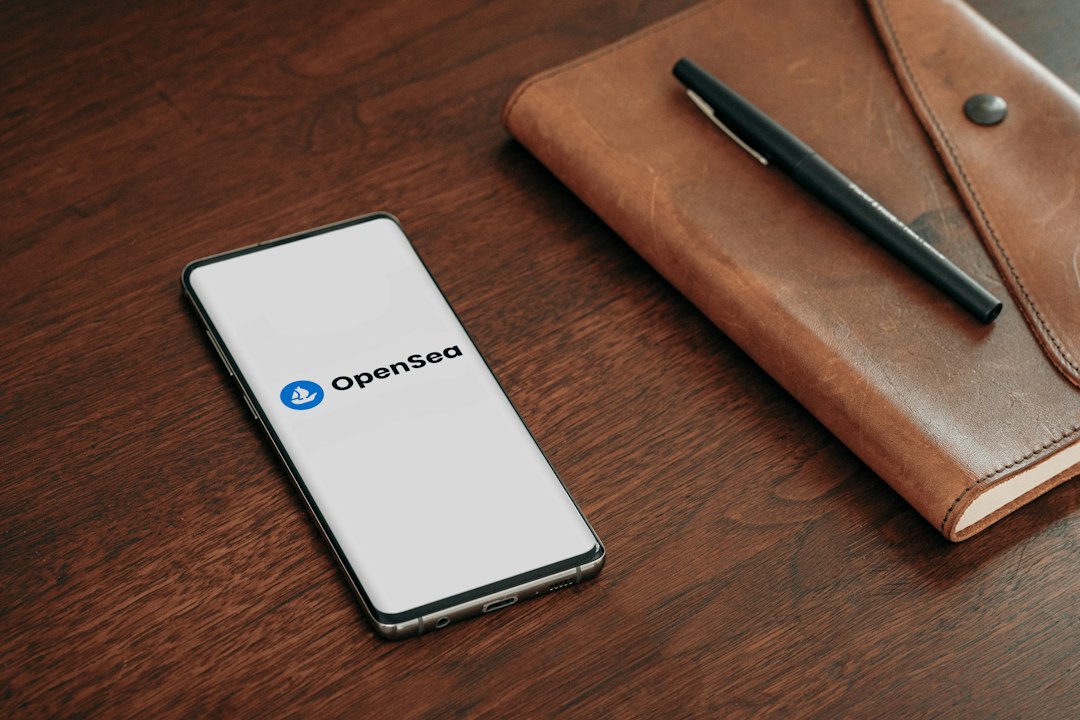A Controversial Proposal: BIP300 and the Drivechains Concept
A six-year-old Bitcoin Improvement Proposal (BIP300) is causing a stir among industry experts for and against the controversial concept. However, not everyone agrees that implementing the proposal via a soft fork, which could radically alter the Bitcoin network and its usage, is a good thing.
Key Points:
- BIP300 introduces the concept of ‘drivechains’ to partition the Bitcoin network.
- ‘Hashrate Escrows’ in BIP300 propose that Bitcoin sidechains should have transactions signed in bundles by hash power over time.
- Drivechains will allow the network to create, send, and receive BTC to and from layer-2 sidechains.
- The proposal aims to eliminate altcoins, making Bitcoin the dominant cryptocurrency.
- Proponents argue that the risk of not implementing BIP300 is greater than the risk of implementing it.
Concerns and Opinions:
- Some critics question the changes BIP300 brings to transaction validation and network attack vectors.
- Others worry that introducing BIP300 could introduce complexity, risk, and scam-like functionality to Bitcoin.
- Supporters believe that BIP300 would improve Bitcoin builder culture and allow for easier experimentation with new ideas.
- Some argue that drivechains would diminish the power of Bitcoin’s anonymous gatekeepers.
- On the other hand, others fear that scams on Bitcoin would tarnish its reputation.
Hot Take:
The debate surrounding BIP300 and the drivechains concept highlights the ongoing tension between Bitcoin purists who resist change and those who advocate for evolving and expanding the network’s functionality. While proponents argue that BIP300 would eliminate altcoins and bring significant benefits, critics express concerns about potential risks and complexities. Ultimately, the decision to implement BIP300 will shape the future of Bitcoin and its position in the cryptocurrency landscape.





 By
By
 By
By
 By
By

 By
By